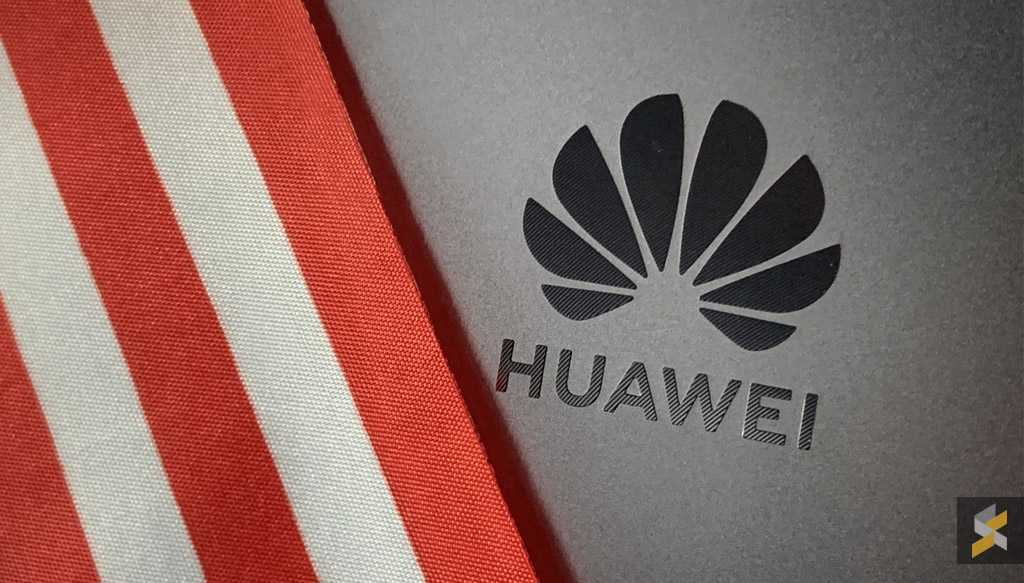A few days ago, Huawei‘s temporary general licence (TGL) from the U.S. government expired. According to The Washington Post, the expiration of the licence—which has been renewed a number of times—could affect the operations of rural telcos in the U.S.
For some context, the TGL was granted to the Chinese company after it was placed on the U.S. Commerce Department’s blacklist—the idea was to give vendors and users time to switch over to alternatives. The Huawei ban meant that U.S. vendors weren’t allowed to sell tech over to the Chinese company (deemed a security risk by the U.S. government), although the temporary general licence offered some reprieve to existing users.
What’s interesting from a consumer’s perspective is that the licence also reportedly allowed American providers to push software updates to Huawei, which meant that previously GMS-equipped Huawei smartphones could continue with Google apps. Back in February, Google said that device models announced on or before the 16th of May 2019 would continue to be supported with security patches and app updates.

Huawei is still “monitoring the situation” for now, although the company has typically been steadfastly confident in its ability to function without Google’s support if need be. Earlier, there were talks of Harmony OS as an alternative, although Huawei’s own OS has yet to be seen on an official release outside China. Instead, the company has continued to use open source Android on its smartphones and tablets, while Harmony OS has largely been confined to the company’s Smart TVs for now.
While users of newer Huawei devices have the App Gallery, many have resorted to sideloading APKs on their smartphones. However, Google warns against this:
“Sideloaded Google apps will not work reliably because we do not allow these services to run on uncertified devices where security may be compromised. Sideloading Google’s apps also carries a high risk of installing an app that has been altered or tampered with in ways that can compromise user security.”
This comes after the U.S. government’s move to cut off TSMC, an important supplier for Huawei’s Kirin SoCs. Now, with support for older Huawei devices potentially affected as well, Huawei certainly faces a fight on their hands. For now, we’ll have to wait and see how the Chinese tech giants responds to their latest setback.








